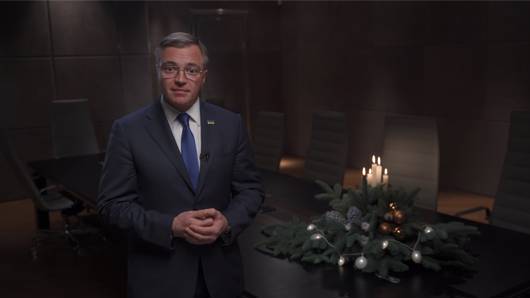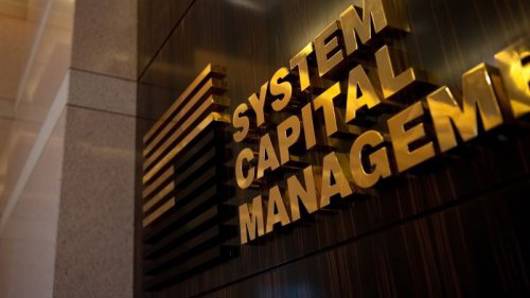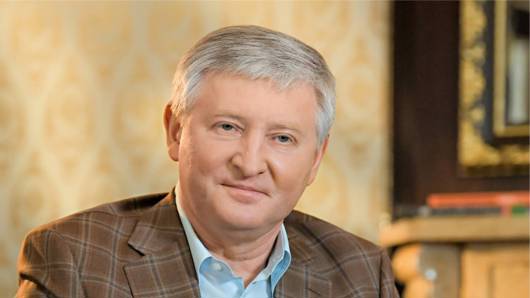Ukraine's post-war recovery will cost hundreds of billions of dollars and take more than a decade. In the first year of the war alone, the World Bank estimated that Ukraine will require at least $411 billion to support its recovery and reconstruction needs. As the war rages on, this number is growing every day.
But the main challenge during reconstruction will not be financing, but Ukraine's ability to use these funds efficiently. Experts, government officials and business are all convinced of this.
The choice of building materials: how to achieve the best effect
The head of the Agency for Restoration and Infrastructure Development, Mustafa Nayyem, has repeatedly publicly stated that the biggest challenge of the future reconstruction will be the lack of specialists and institutions capable of implementing large-scale projects.
Experts, including those from the construction industry, agree. According to Nazar Bench, owner of Phoenix Group, an investment and construction company, the construction and related industries are already experiencing a shortage of skilled labour. This is due to both the evacuation of workers abroad and mobilisation to the Armed Forces of Ukraine.
"Our company, for example, needs to urgently fill more than 200 job vacancies. And if you look at the situation with the expected reconstruction, it shows signs of a looming catastrophe," says another representative of the construction industry, Serhii Pylypenko, CEO of ICG "Kovalska".
A potential shortage of building materials is another challenge. During the war, many businesses were destroyed or damaged, including those that supplied products to the construction industry. The construction industry has experienced a decrease in activity, causing a deterioration in the financial health of survivors.
Currently, the shortage in the market is not obvious due to low demand, but when the construction boom begins, the demand will increase many times over and it will be difficult for Ukrainian businesses to cope with it. That's why we need to prepare ahead, amid the war.
According to Iulia Svyrydenko, Minister of Economy of Ukraine, private capital will play a key role in rebuilding Ukraine. Globally, she expects 80% of the reconstruction to be funded through private investment.
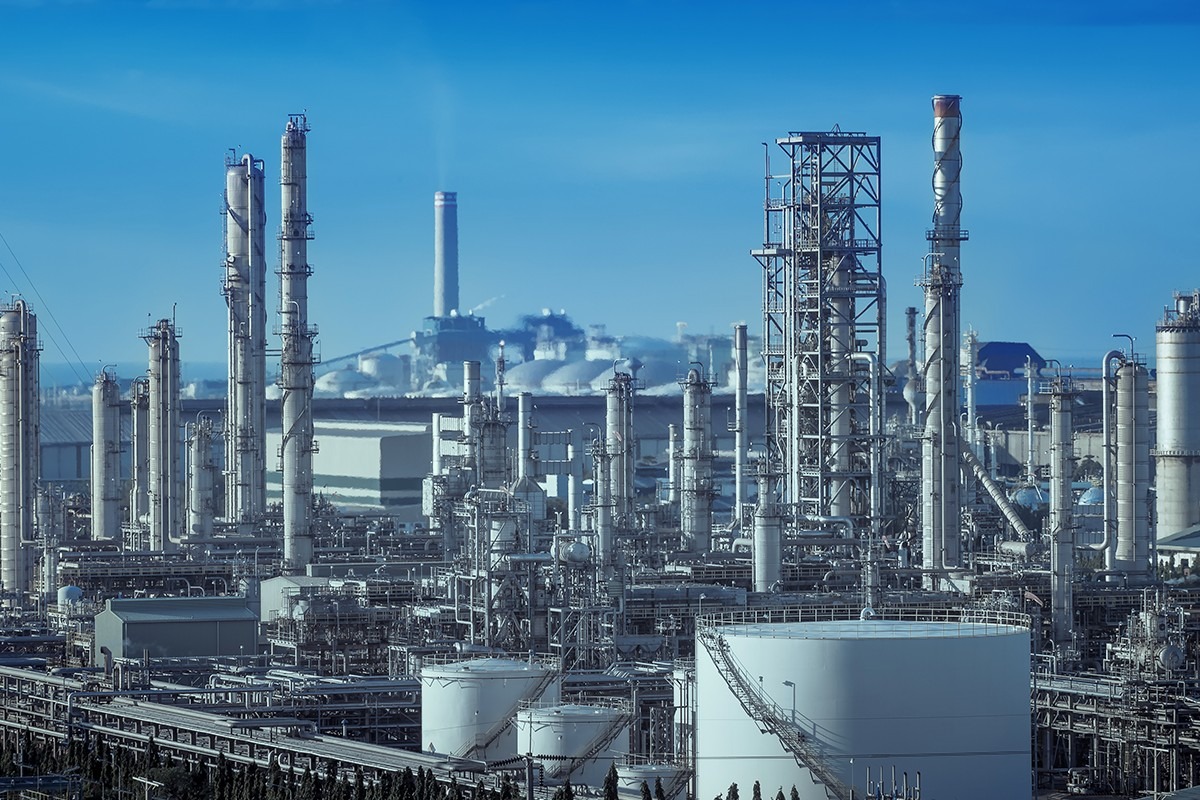
Reconstruction will require dozens of large building materials factories. Neither the government nor international partners will finance the installation of technological production lines. On the other hand, potential investors can count not only on a strong demand for their products in Ukraine when reconstruction begins, but also on the possibility of exporting to European markets.
During the war, most foreign investors do not risk investing in the construction of new production facilities in Ukraine because of the risk of their physical destruction. And after the war is over, it will take years for investments to turn into production capacity.
Therefore, at the first stage of reconstruction, it is a domestic producer that will become a pillar thanks to its expertise and resources.
What and how to rebuild?
Liubomyr Zubach, Deputy Mayor of Lviv for Urban Development, believes that after the end of the hostilities, it is necessary not only to restore the destroyed, but to rethink everything, and only then to get down to work. This applies not only to buildings but also to infrastructure.
"You can't work based on the pattern: if one school gets destroyed, we rebuild one school exactly as it was and exactly in the same place where it was. There is no doubt that schools need to be rebuilt. However, the question is where, how many and in what format. Perhaps instead of three destroyed schools, four new ones are needed, or maybe two, but larger and in different locations. Or maybe there should be some kind of a super modern educational hub, which was not even on the agenda at the time when the destroyed schools were built," says Liubomyr Zubach.
The government is on board with this approach. In April this year, the Cabinet of Ministers identified six settlements for experimental comprehensive reconstruction based on new principles. These are Borodianka and Moshchun in Kyiv region, Trostianets in Sumy region, Posad-Pokrovske in Kherson region, Tsyrkuny in Kharkiv region, and Yahidne in Chernihiv region.
These settlements have suffered the most severe destruction, so there is an opportunity to plan the entire development and infrastructure and build everything from scratch, completely rethinking the space to make it better than it was.
Last year, President Volodymyr Zelenskyy proposed to foreign governments the concept of patronage over the recovery to bolster communities with money, technology and expertise.
For example, Greece will take part in the reconstruction of Mariupol, the United States and Turkey will help Kharkiv, Denmark has taken over the patronage of Mykolaiv region, the Baltic states - Zhytomyr region, the Czech Republic is ready to take part in the reconstruction of Dnipropetrovsk region, and Austria - Zaporizhzhia region.
"We need to start working with a new perspective already now. This is the task of government. To be more specific, government at all levels - from central to local. And here, obviously, the initiative should come from the communities which suffered the destruction. And then the dialogue. What should this dialogue look like? Should businesses and the public be involved? This is a matter of form, not content. The main thing is that things should not done for the sake of box ticking and that everyone should have the same goal - high-quality reconstruction rather than an opportunity for someone to make money on kickbacks," says Liubomyr Zubach.
To make the reconstruction as transparent as possible, the State Agency for Restoration and Development of Infrastructure will make cost estimates public on the portal of the Unified State Electronic System for construction. This will allow for a much more effective response to cases of corruption and bolster the confidence of international partners in the reconstruction process.
Europe's largest construction site
There is a lot of ongoing discussion about how reconstruction should take place. The main principle is that the reconstruction should be carried out quickly, transparently, efficiently and in accordance with modern standards.
To launch the reconstruction process as quickly as possible, it is worth preparing now. At the same time, we need to use modern construction technologies available in Ukraine that will allow us to build quickly and efficiently.
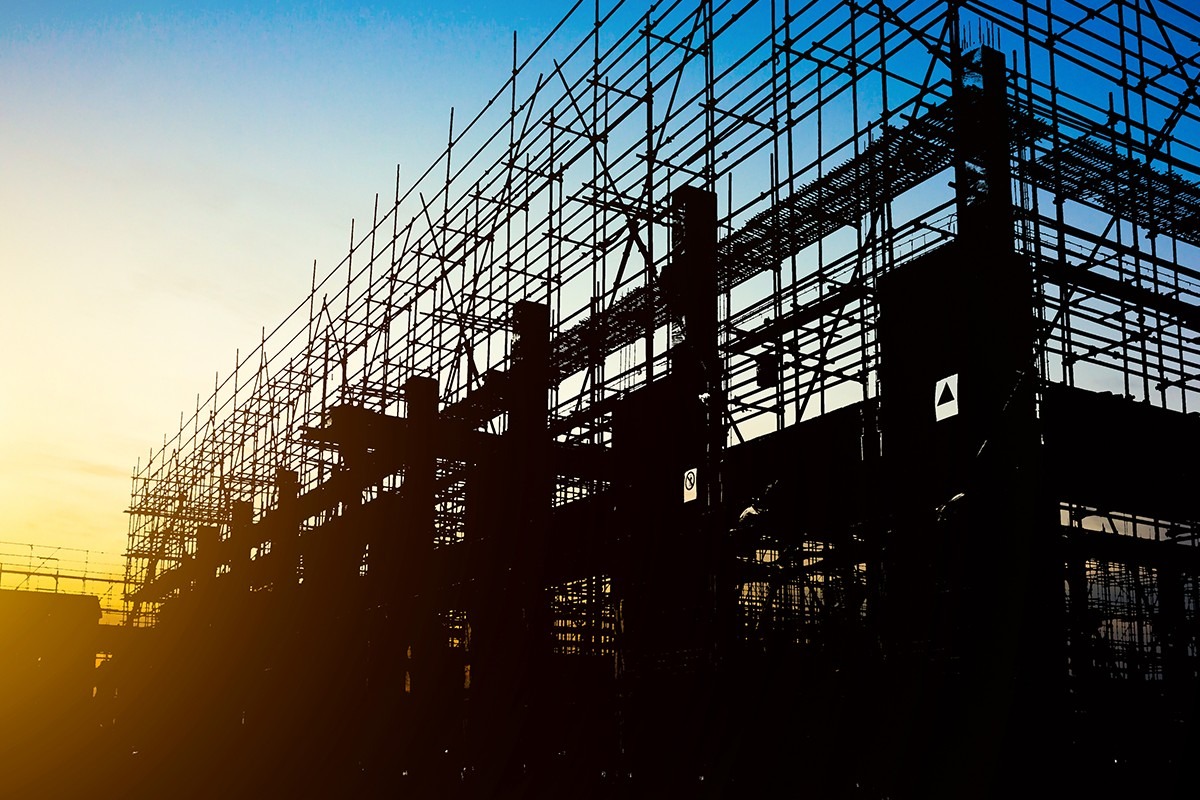
Recently, the Ministry of Communities, Territories and Infrastructure presented standard designs for kindergartens, schools and administrative buildings that Ukrainian communities can use free of charge.
Standard design was common during the reconstruction period in European countries after the Second World War and helped speed up the recovery process.
Business is also coming up with solutions. For example, one of the modern technologies is steel frame construction. This technology is used to build housing in the UK, USA, Thailand and other countries. Previously, this technology was used in Ukraine for the construction of infrastructure facilities such as bridges and industrial buildings.
The construction of the first 8-storey steel-framed residential building was started in Mariupol but was not completed because of the war.
"When we come back, we will finish it," says Serhii Zakharov, Deputy Mayor of Mariupol.
After the city is liberated, it is planned to build an entire residential area with social infrastructure using the steel construction technology. This approach will make it possible to build faster and better.
Metinvest developed a comprehensive development project and handed it over to the Mariupol City Council that is now working remotely. Developing such a project now will save time on design work after the victory. The residential area for Mariupol is designed for about 10,000 residents.
"Metinvest took a large plot of land and developed a comprehensive vision for construction of steel frame housing in Mariupol. This plot is the area where the Russians destroyed everything and then covered it up and demolished all the buildings. So now it is vacant. We can design now, and when the city is liberated, we can tie the project to the landscape. This can save a lot of time," explains Serhii Zakharov, Deputy Mayor of Mariupol.
According to him, the main advantage of steel construction is the speed of construction, which will be important after the de-occupation of the city.
The use of steel in the building foundation, which accounts for up to 15% of the project cost estimate, reduces the total cost of the project by 2-3%.
In total, Rinat Akhmetov's Metinvest has developed designs for 13 types of steel buildings, including residential buildings of 1 to 8 storeys, social infrastructure facilities (schools, kindergartens, outpatient clinics) and related infrastructure (car parks, sports complexes and underground shelters).
The concept includes more than 200 ready-made building designs based on three prefabricated metal elements: a frame, a module and a platform.
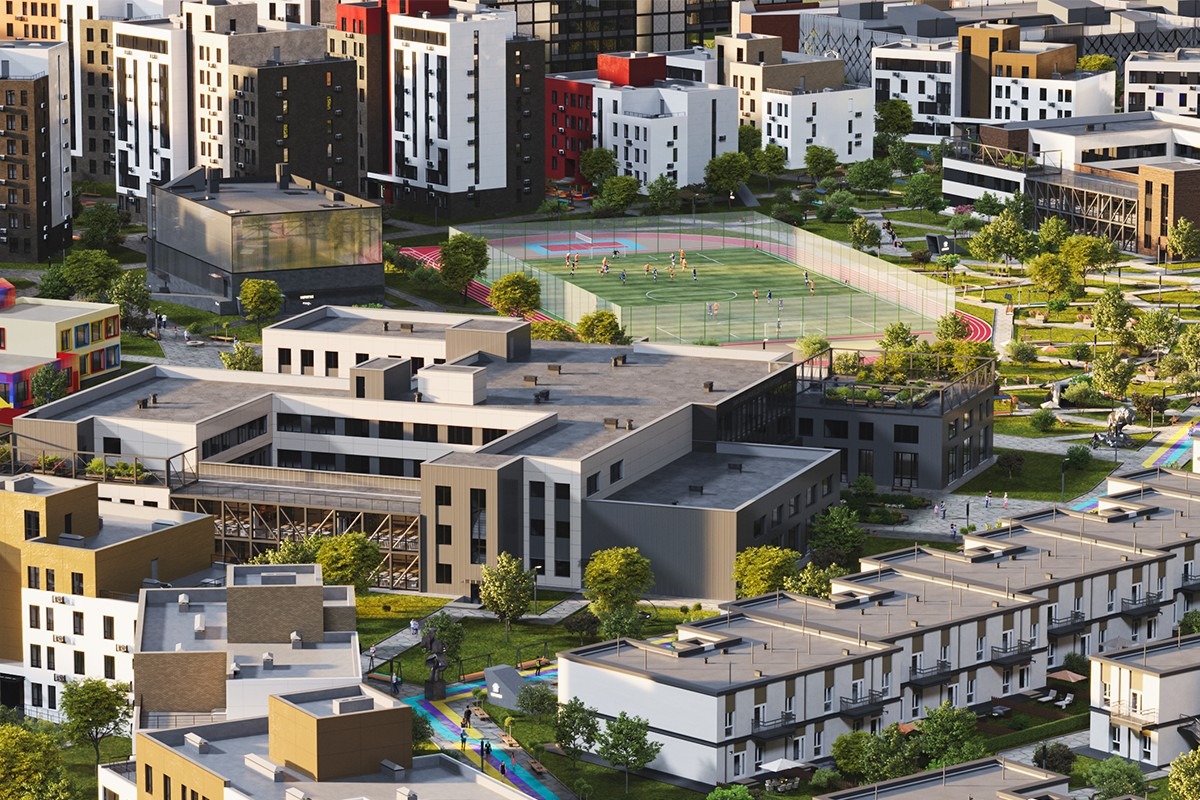
Ready-made building designs can be used in other communities as well. Furthermore, their adaptation will cost about half as much as developing a new design from scratch.
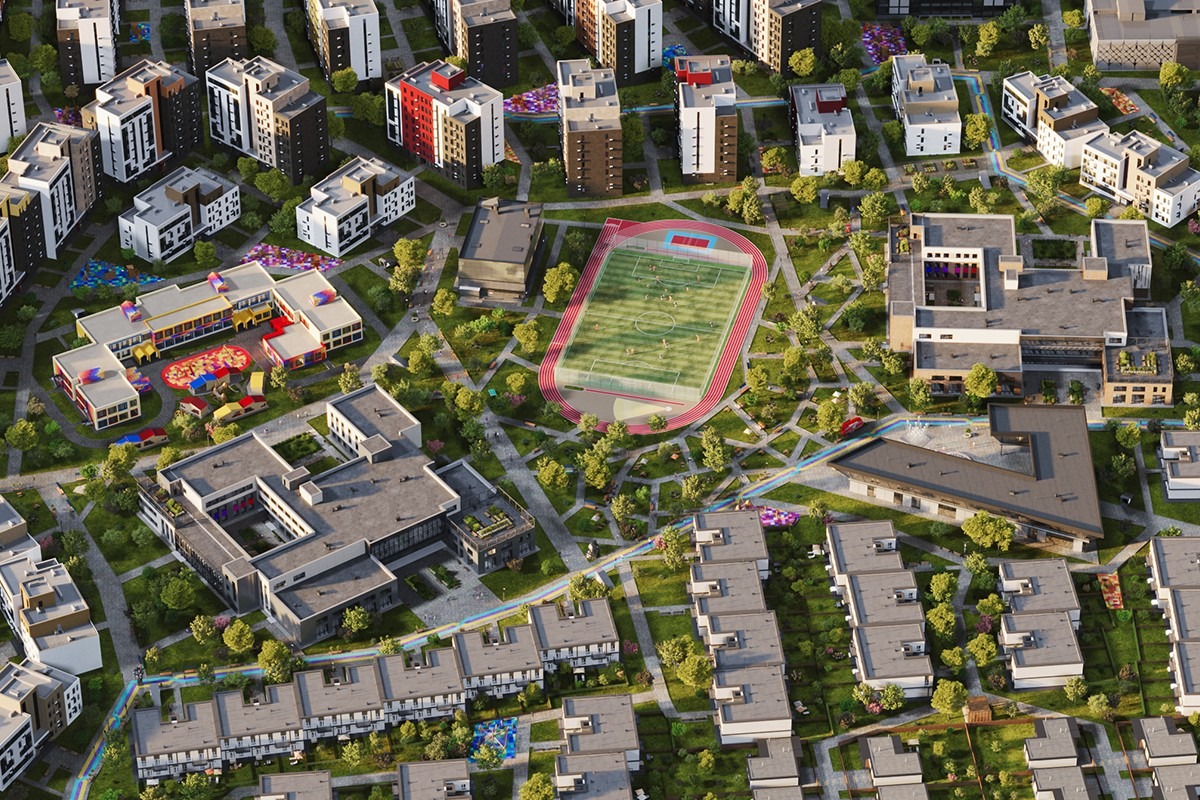
"The demand is currently high because typical designs are comprehensive, with cost estimates and implementation schedules. We are providing this to communities free of charge. It takes an average of 4-6 months from the moment we receive a design to the actual start of construction. Communities need to adapt the design, prepare documentation for permits and undertake other procedures. If one wishes, it is possible to modify the facade of the buildings and the colour scheme to make the buildings fit in the overall architectural image," explains Tetiana Skrypka, Head of the Construction Sector Project Office at "Metinvest-SMC".
Some experts warn that if typical standard designs are used, the reconstruction will be similar to the Soviet approach, where all buildings are the same, only the names differ.
However, unlike in Soviet times, communities have the choice of designing on their own or adopting a ready-made modern design, as well as hundreds of different adaptation options.
"All houses in the world are somewhat similar to each other. Typical designs are like a base that can be modified during adaptation - the appearance of the facade, colour, number of storeys. The main element in these designs is carefully planned technical solutions," says Tetiana Skrypka.
So future reconstruction may be based on a combination of unique and standard designs. The main task for communities, businesses and the central government now, while the war continues, is to develop a vision of future reconstruction, get the best out of foreign experience and do everything possible to start work as soon as possible after the fighting ends.






